
According to the MATCH trial, about a quarter of pediatric patients with cancer were able to be screened for targetable alterations in their tumor and directed to a treatment targeting that alteration.

According to the MATCH trial, about a quarter of pediatric patients with cancer were able to be screened for targetable alterations in their tumor and directed to a treatment targeting that alteration.
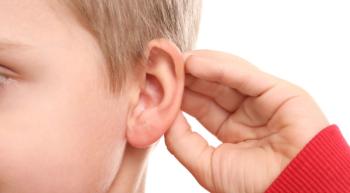
Children with severe sensorineural hearing loss (SNHL) from brain tumor treatment demonstrated greater reading difficulties compared with those who experienced mild or no hearing loss.

Man’s best friend may eventually be healthcare’s best friend.
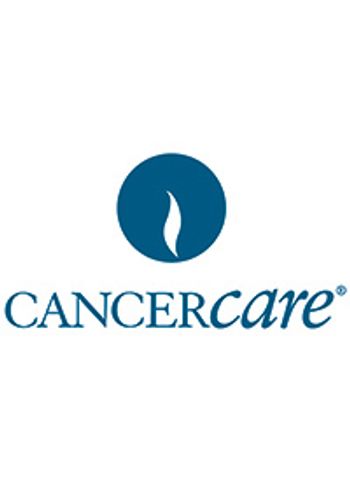
When nurses speak to patients about fertility and family planning options, there are several things to keep in mind.
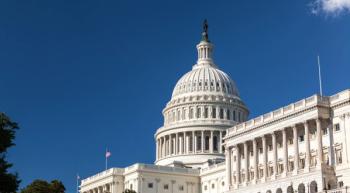
During last night’s State of the Union Address, President Donald J. Trump announced his plan to bolster the fight against childhood cancer, and to bring down prescription drug prices.

The FDA has approved dasatinib (Sprycel) tablets in combination with chemotherapy for the treatment of pediatric patients ≥1 year of age with newly diagnosed Philadelphia chromosome-positive (Ph+) acute lymphoblastic leukemia (ALL).


Elizabeth Davis, BSN, RN, CPN, is inspired by the strength she sees in her small charges.
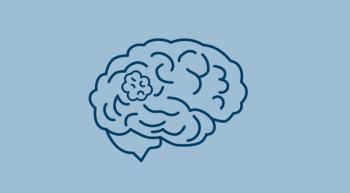
Children with pediatric posterior fossa tumors like medulloblastoma who are treated with radiotherapy may be less likely to recall specific details of events that occurred after treatmen.

Late effects from treatment of central nervous system (CNS) tumors, such as cognitive impairment and physical performance, may hinder full functional and social independence among adult survivors, according to findings published in the Journal of Clinical Oncology.
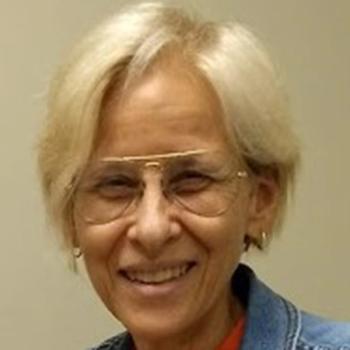
The Childhood Cancer Survivorship, Treatment, Access, and Research Act (STAR Act), signed into law on June 5, 2018, addresses a critically under-researched and underfunded area of cancer.

CE lesson worth 1 contact hour that is intended to advanced practice nurses, registered nurses, and other healthcare professionals who care for patients with cancer.

Patient favoritism crosses boundaries. Why do nurses often breach this professional barrier?

Survivors of childhood cancer who are overweight or obese as adults are at an increased risk of developing an obesity-related cancer.
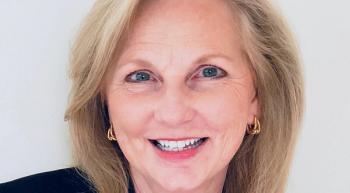
Survivors of childhood cancer could be up to 20 times more likely to develop ischemic heart disease or to have strokes than their siblings. To determine their level of risk, researchers used a prediction model that included factors like gender, type of chemotherapy, and radiotherapy exposure to the head, neck, or chest.

Many adolescent and young adult (AYA) survivors of cancer end up "lost to follow-up," according to recent research. Nurses charged with patient education should take heed, and be sure to stress the importance of follow-up care to their AYA patients and their families.

The Canines and Childhood Cancer Study – the first and largest randomized, controlled clinical trial to measure the effects of animal-assisted therapy in the field of pediatric oncology – recently showed significant benefits to families in a time of great need.
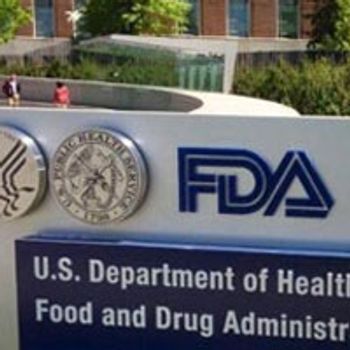
Dasatinib (Sprycel) has been approved by the FDA to treat pediatric patients with Philadelphia chromosome-positive (Ph+) chronic myeloid leukemia (CML) in chronic phase (CP).
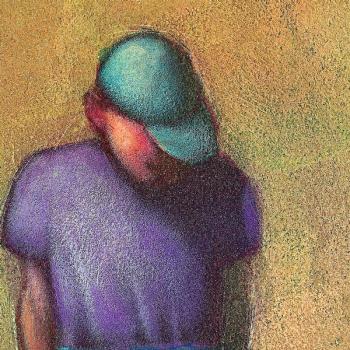
The PRISM intervention improved psychosocial wellbeing in younger patients with cancer.

The FDA has approved ipilimumab (Yervoy) for the treatment of patients aged ≥ 12 years with unresectable or metastatic melanoma.

By developing a training program, nurses in radiation at Johns Hopkins Hospital were able to eliminate the use of anasthesia for pediatric patients.

As the intensity of treatments for childhood cancer drop, so does the rate of severe long-term side effects in these patients.
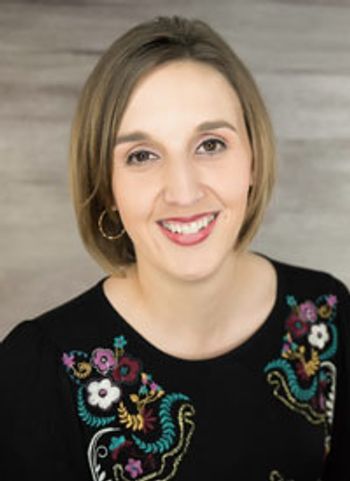
As a young adult with cancer you may feel like a prisoner in your own world. How can nurses help this age group?
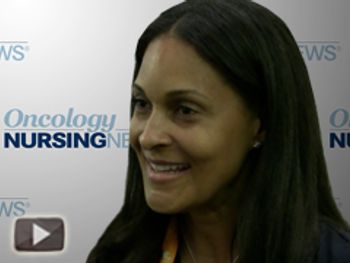
Danielle Crump, BSN, RN, discusses alternatives to administering anesthesia for pediatric patients undergoing radiation therapy.

Yoga can benefit the cancer survivor both physically and emotionally.